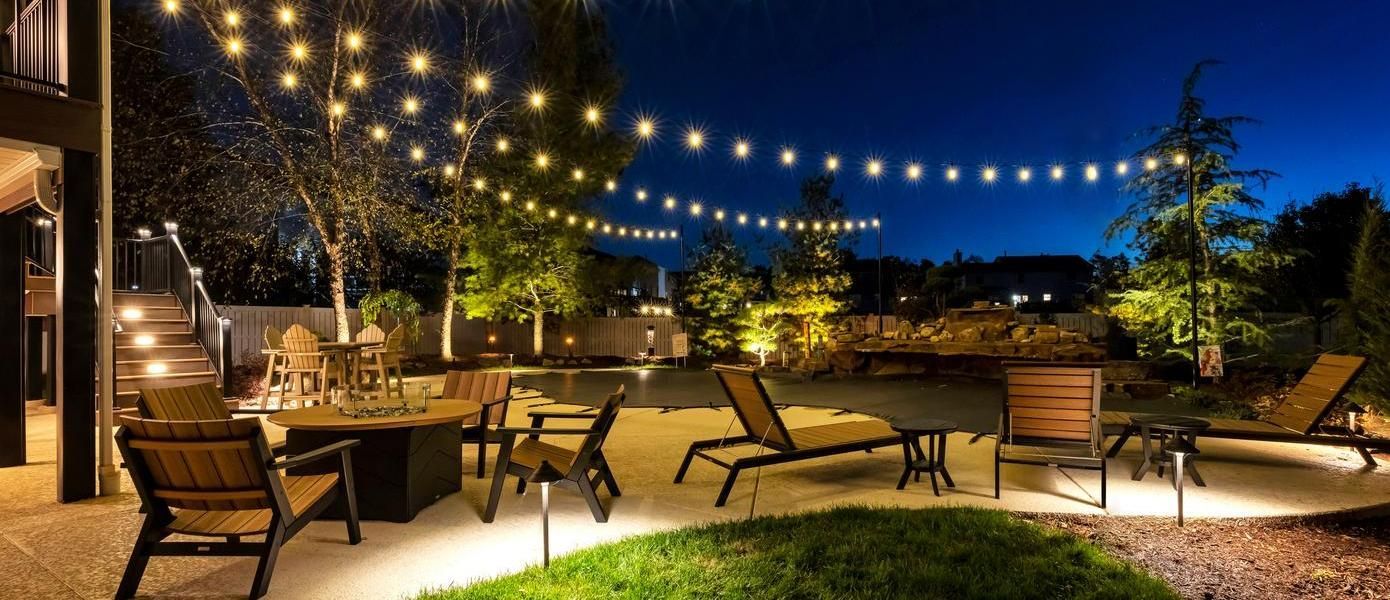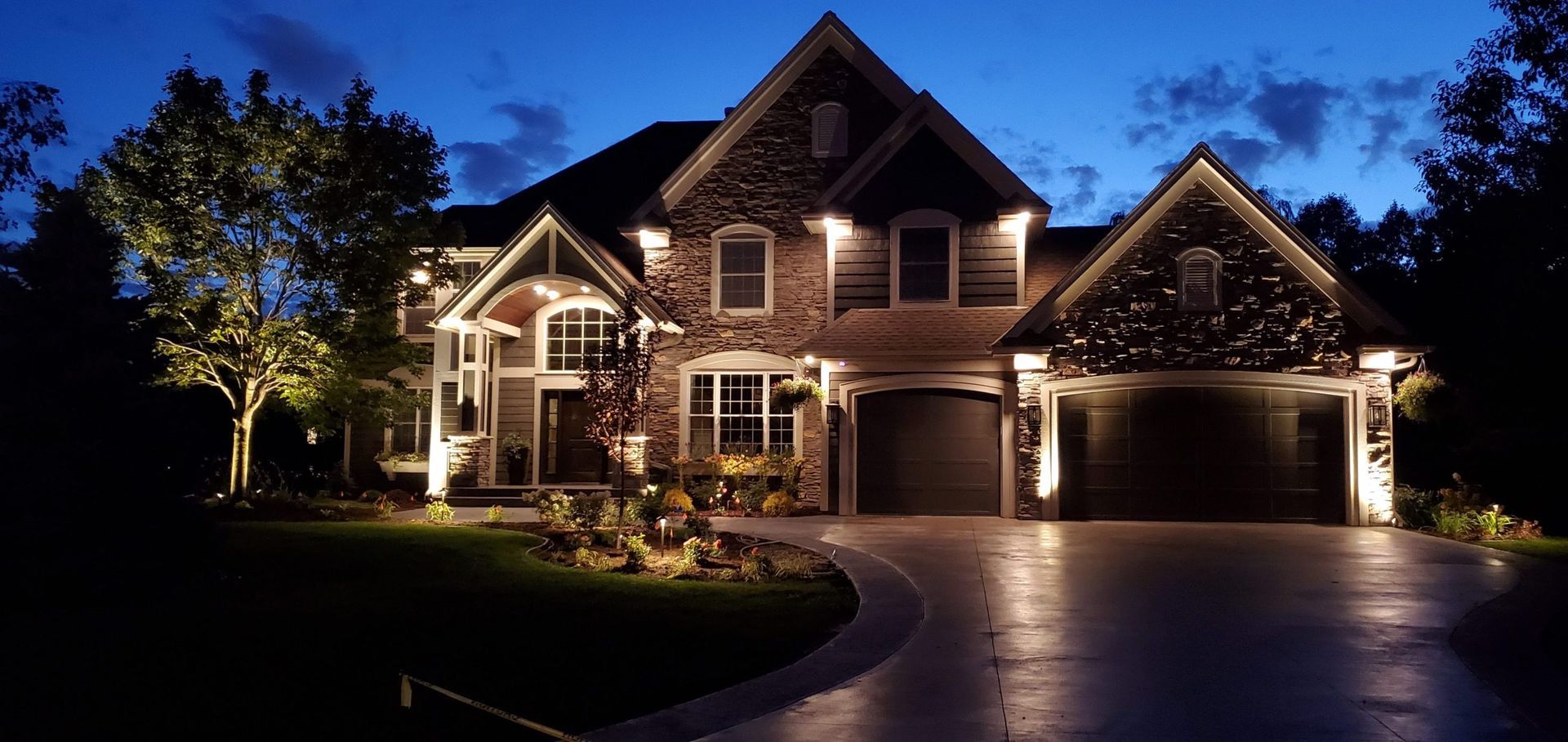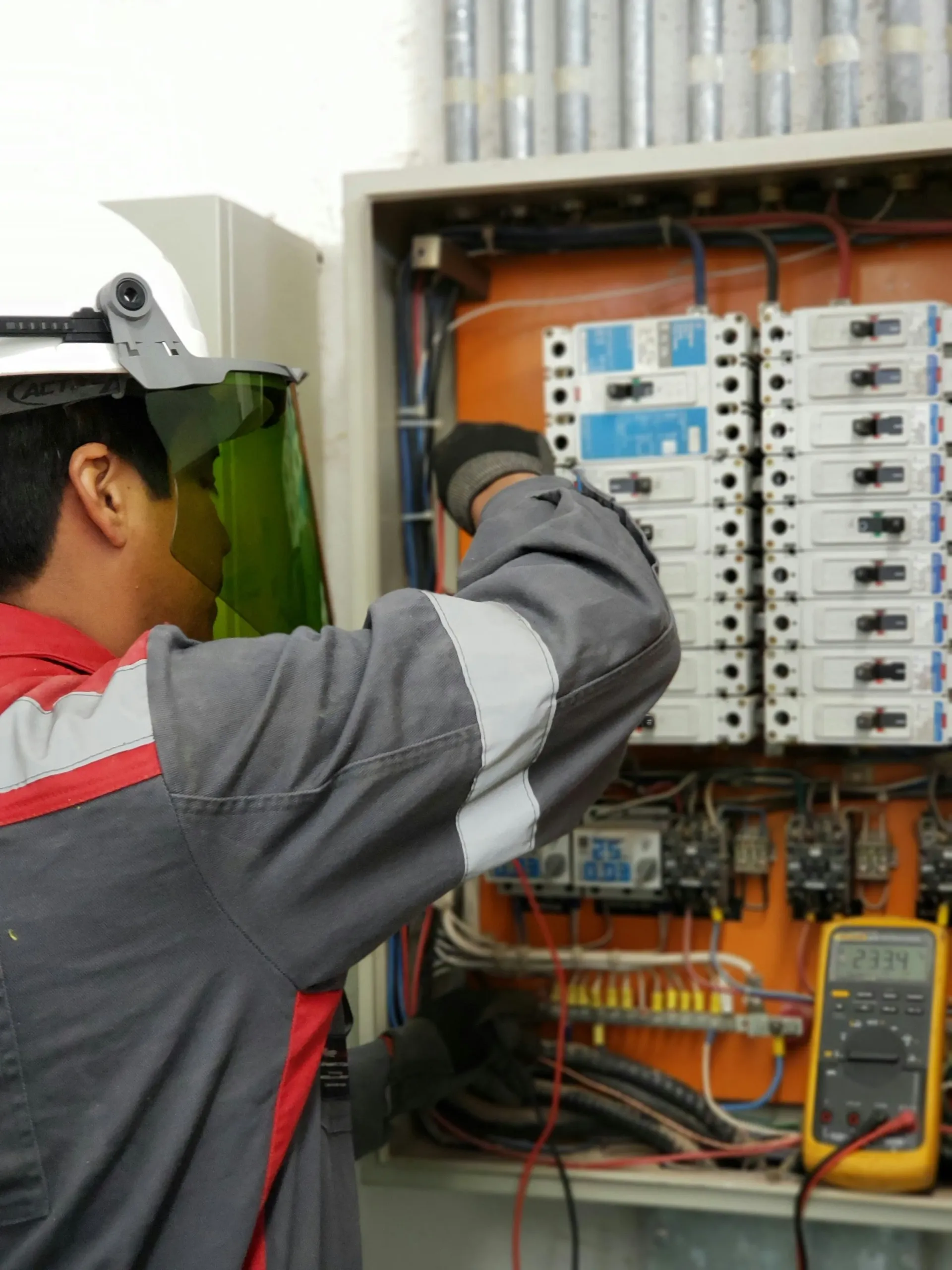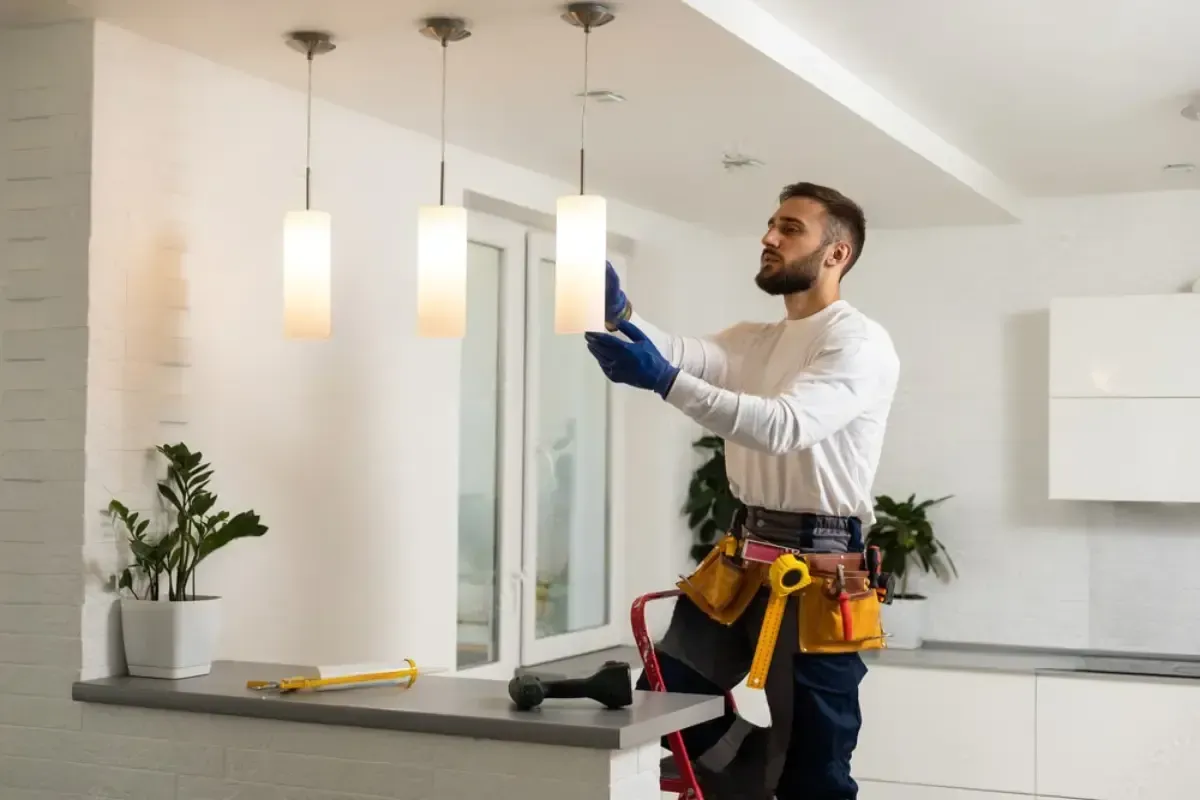See Clearly Outdoors: Choosing the Right Lighting for Maximum Visibility
Seeing clearly outdoors starts with making intentional lighting choices. You want more than just brightness—you need precision, coverage, color temperature, and efficiency. The goal is to balance aesthetics and functionality so that your outdoor areas are well-lit without being harsh or wasteful.
This is especially important for spaces like entryways, walkways, or outdoor seating areas. The right light can create a welcoming environment and improve security. Understanding the nuances of outdoor lighting can help you make decisions that not only enhance visibility but also save energy and boost curb appeal.

Introduction
Imagine walking along your garden path at night, but instead of stumbling in the dark, everything is beautifully lit. Proper outdoor lighting doesn't just make your property look great—it keeps you safe, secure, and confident while navigating outdoors. Whether it's for your backyard, driveway, or front porch, choosing the right lighting ensures maximum visibility and transforms your nighttime experience. Let’s explore how to see clearly outdoors with smart lighting choices that do more than just illuminate.
Types of Outdoor Lighting
Different areas and needs call for different types of lights. Here are the most common and useful options:
- Floodlights – Bright and wide coverage, great for driveways and large yards.
- Spotlights – Focused beams for highlighting features or increasing targeted visibility.
- Path Lights – Ideal for walkways, garden paths, and landscaping.
- Wall Lights – Mounted on exterior walls to light up patios or porches.
- Motion Sensor Lights – Great for security and energy savings.
Each of these serves a specific purpose. Mixing and matching them depending on your space can dramatically improve outdoor visibility.
Key Features of Effective Outdoor Lighting
When shopping for outdoor lighting, pay close attention to these features:
- Lumens: Indicates brightness. More lumens = brighter light.
- Beam Angle: Narrow beams for spotlights; wide beams for general lighting.
- Wattage: Impacts power consumption and brightness.
- Color Temperature: Determines the tone—warm or cool—of the light.
Understanding these terms makes it easier to choose lighting that meets your visibility goals without wasting energy.
Choosing Lighting Based on Area
Your outdoor area will determine what lighting works best:
Area Recommended Lighting
Walkways Path lights or low-profile LEDs
Driveways Floodlights or motion sensor lights
Patios Wall lights or hanging fixtures
Garden Features Spotlights or accent lighting
Each space has unique visibility needs. Evaluate what you use each area for, and light accordingly.
Importance of Lumens in Outdoor Lights
Lumens are the true measure of brightness. While wattage tells you how much power a bulb uses, lumens tell you how much light it emits. For outdoor spaces:
- 100–300 lumens – For subtle ambient lighting (e.g., walkways)
- 300–700 lumens – Suitable for patios or steps
- 700+ lumens – Necessary for security or high-traffic areas
Proper lumen levels ensure you can see clearly without being blinded by excessive brightness.
Color Temperature and Visibility
Color temperature affects how your outdoor lighting looks and feels. It’s measured in Kelvins (K):
- 2700K–3000K: Warm white – Cozy, welcoming
- 3500K–4100K: Cool white – Neutral and clear
- 5000K–6500K: Daylight – Crisp and bright
Use warmer tones for relaxing spaces like patios and cooler tones for security or high-visibility areas.
Motion Sensor vs. Manual Lights
Motion sensor lights are perfect for areas where lighting is needed occasionally, like driveways or entry points. They turn on only when needed, saving energy. Manual lights, on the other hand, offer consistent light but can be wasteful if left on too long.
Need help deciding what fits best? Visit our Electrical Service page to speak with a local expert.
LED vs. Halogen vs. Solar Lights
Each lighting type has its pros and cons:
Type Pros Cons
LED Long-lasting, energy-efficient Slightly more expensive upfront
Halogen Bright and effective Uses more energy
Solar Eco-friendly, no wiring needed Dependent on sunlight, less powerful
LED is typically the best all-around choice for visibility, durability, and efficiency.
Lighting for Safety and Security
Outdoor lighting isn't just for aesthetics—it keeps your property safe. Lights around driveways, stairs, and pathways prevent trips and falls. Motion sensor lights near entryways deter intruders.
Consider combining floodlights and motion sensors for both wide coverage and reactive protection.

Outdoor Lighting for Aesthetic Appeal
Yes, lighting can also beautify your home. Accent lights on trees or walls create depth. Low-voltage garden lights outline landscapes.
Combining function with form enhances your home’s nighttime charm while keeping it well-lit.
Weather-Resistant and Durable Lighting Solutions
Outdoor fixtures need to stand up to weather. Look for:
- IP65 or higher rating: Indicates strong resistance to water and dust.
- Rust-proof finishes: Essential in humid or rainy areas.
- Shatterproof bulbs: For high-traffic or exposed areas.
Don’t skimp here—durable fixtures mean less maintenance and better performance.
Energy-Efficient Outdoor Lighting Tips
Want visibility without high bills?
- Use LED bulbs
- Install timers or dimmers
- Rely on motion sensors
- Choose solar-powered lights where feasible
Small adjustments can make a big difference in savings.
Smart Outdoor Lighting Solutions
With smart lighting, you can control your lights from your phone, set schedules, or use voice commands. Ideal for:
- Vacation homes
- Late-night arrivals
- Security routines
Smart systems offer convenience and better visibility exactly when you need it.
DIY vs. Professional Outdoor Lighting Installation
Some lighting projects are simple DIY fixes, but more complex setups often require a professional. If you’re dealing with wiring, multiple circuits, or large systems, it's best to hire experts like us. Get in touch via our Contact page for a free consultation.
Common Outdoor Lighting Mistakes to Avoid
Avoid these visibility-killers:
- Overlighting: Causes glare and wastes energy.
- Underlighting: Leaves blind spots and trip hazards.
- Poor placement: Creates shadows instead of clarity.
A clear plan helps you avoid these pitfalls.
Maintenance Tips for Long-Lasting Outdoor Lights
- Clean fixtures every few months.
- Replace burned-out bulbs promptly.
- Check for exposed wires.
- Use weather-rated covers in rainy or snowy climates.
Routine upkeep extends the life of your outdoor lighting system.
FAQs
What’s the best lighting for outdoor security?
Floodlights with motion sensors work best, especially around entry points and dark corners.
How many lumens do I need for outdoor lighting?
Anywhere between 100 and 1300 lumens depending on the area and its use.
Can I install outdoor lights myself?
Yes, for solar or plug-in lights. For hardwired systems, it’s best to hire a licensed electrician.
Do LED outdoor lights attract bugs?
LEDs emit less heat and UV, making them less attractive to bugs compared to halogen lights.
Is solar lighting bright enough?
Solar lighting is great for ambiance but may not be bright enough for security or visibility-heavy areas.
What’s the best color temperature for walkways?
Warm white (2700K–3000K) offers a balance between visibility and comfort.
Conclusion
Choosing the right lighting is essential to see clearly outdoors. From understanding lumens and color temperature to installing motion sensors and weather-resistant fixtures, every detail counts. Whether you’re lighting a peaceful patio or a secure driveway, thoughtful lighting improves your safety, visibility, and peace of mind.
Still unsure? Explore our Electrical Service to learn more, or Contact us today for expert advice tailored to your outdoor space.
Links










